When we think of shells, our minds usually drift toward turtles, crabs, or seashells scattered along a beach. But in the world of fruits, nature has her own version of armor—hard outer casings that protect the tasty treasures inside. These shells are clever designs that help fruits survive harsh weather, ward off hungry animals, or travel long distances without getting squished.
From the iconic coconut that needs a machete to open, to lesser-known gems like the velvet tamarind or paradise nut, these fruits prove that toughness isn’t just for animals. Some of them rattle, some snap, and some even require a small tool kit to get through—but once you do, the reward is often sweet, creamy, or packed with nutrients.
In this list, we crack open 23 fruits that wear their shell like a badge of honor. They’re rugged, they’re fascinating, and yes—delicious once you get past the armor.
1. Coconut
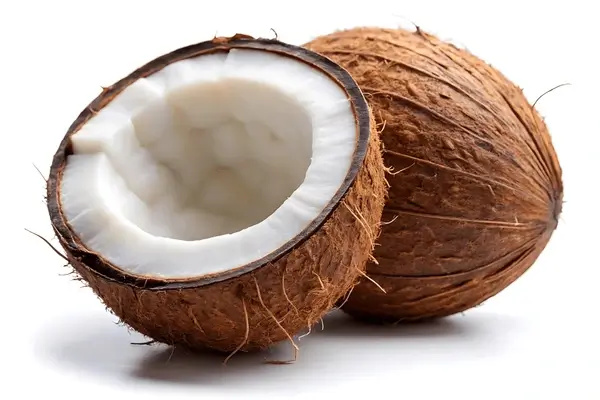
Arguably the most iconic shelled fruit. Its thick, fibrous outer husk hides a hard, woody shell, which in turn guards the tender white flesh and refreshing coconut water. This triple-layered defense makes it incredibly well-protected and evolutionarily successful in tropical environments.
2. Walnut
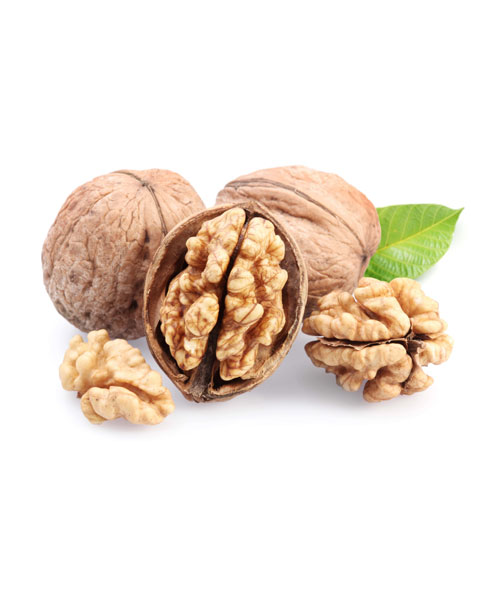
Walnuts come encased in a deeply grooved, rugged shell that requires cracking tools to access the edible seed inside. Interestingly, the shell is actually part of a drupe’s inner wall, not a true nut casing.
3. Almond
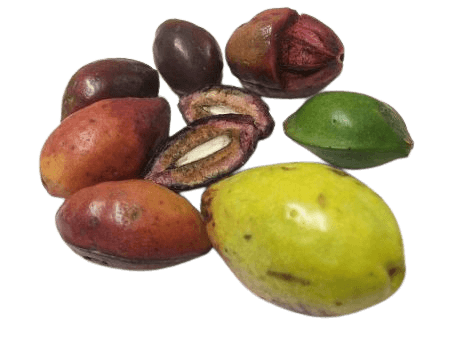
Almonds are found within a hard shell, which itself is inside a fuzzy green outer hull. While often mistaken for nuts, almonds are seeds from a drupe, and their woody shell is key in keeping them viable during long storage.
4. Pecan
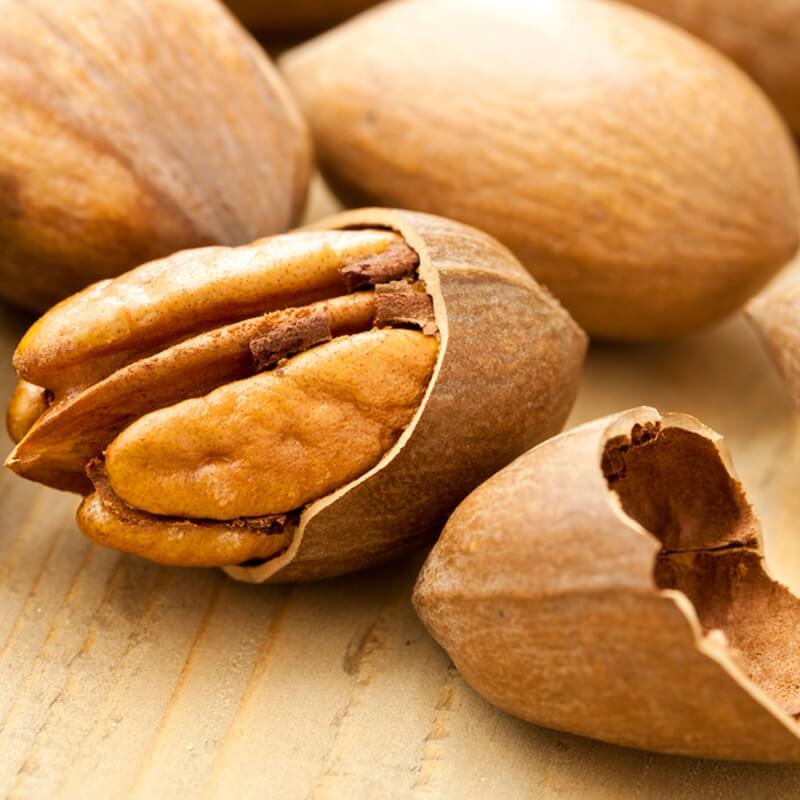
Pecans have a smoother, oblong shell compared to walnuts, but it still requires effort to crack. The shell shields a rich, buttery kernel that’s prized in baking and snacking.
5. Chestnut
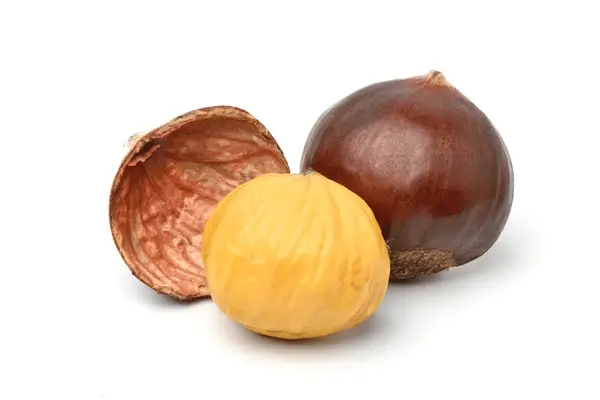
Chestnuts grow inside a fearsome, spiky outer husk that opens to reveal a glossy, dark brown shell. This inner shell must be roasted or peeled to reveal the starchy, sweet flesh within.
6. Macadamia Nut
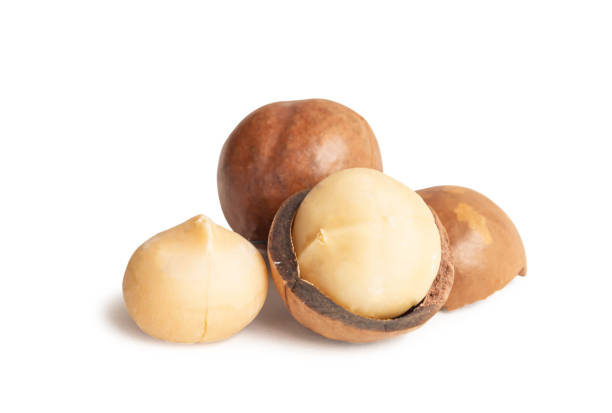
Macadamias have one of the toughest natural shells in the fruit world. The extremely hard, smooth shell protects a soft, oily seed that’s difficult to access without specialized tools.
7. Brazil Nut
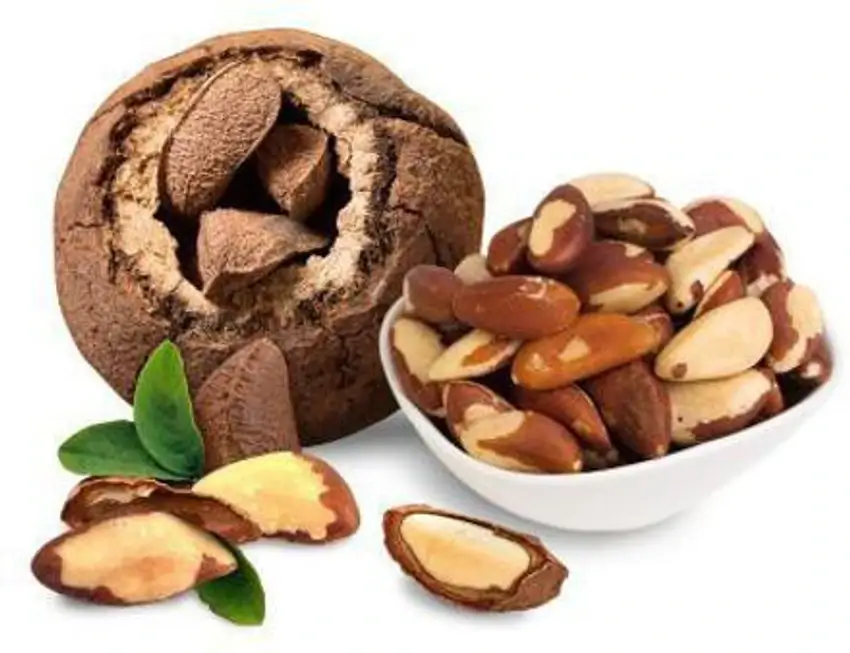
Brazil nuts develop inside a giant woody pod the size of a coconut. Inside, each nut is individually sealed in its own thick, triangular shell—like a set of shells within a shell.
8. Durian
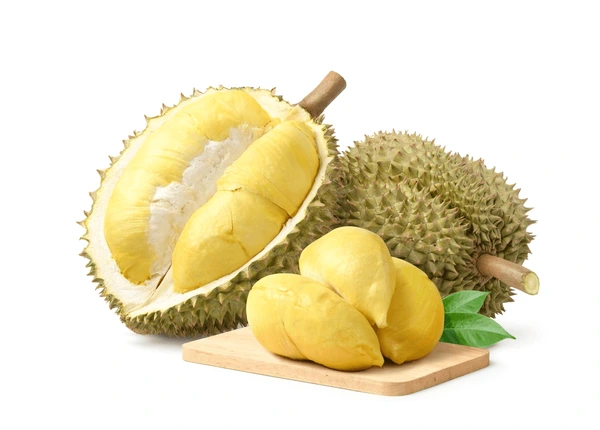
The “king of fruits” is as infamous for its pungent aroma as it is for its spiky, armor-like shell. Inside, creamy yellow pulp lies nestled in chambers, protected by the intimidating exterior.
9. Jackfruit
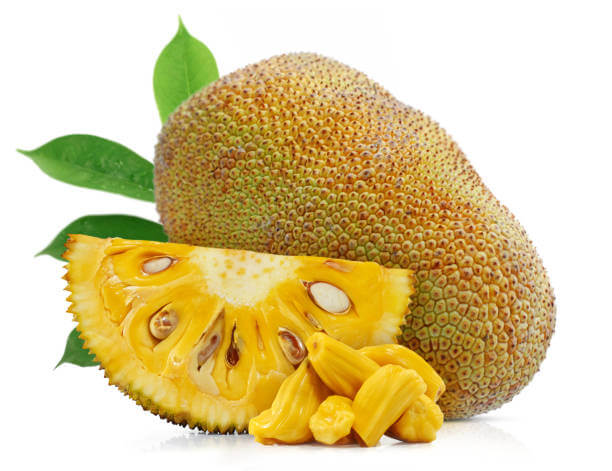
The world’s largest tree fruit, jackfruit sports a thick, knobby, green shell. Cutting it open reveals sticky latex and golden pods, which contain edible seeds. The shell keeps predators—and casual eaters—at bay.
10. Lychee
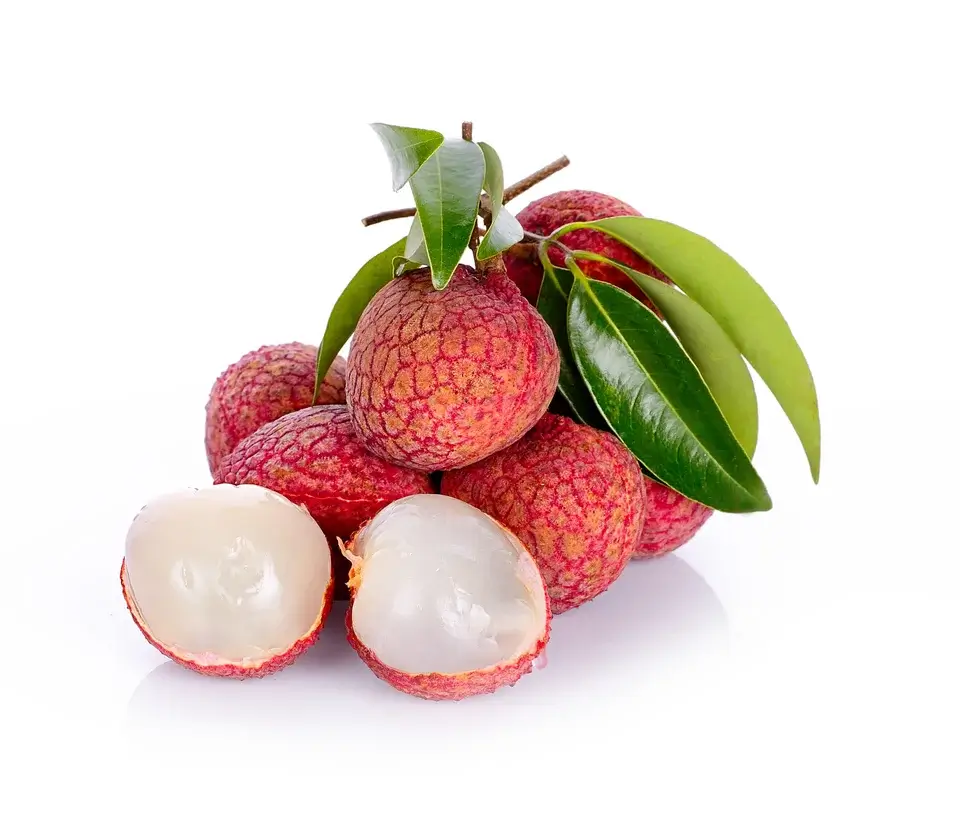
Lychees have a reddish, bumpy shell that cracks easily under slight pressure. This outer layer protects a delicate, translucent fruit and must be removed to access the sweet pulp.
11. Mangosteen
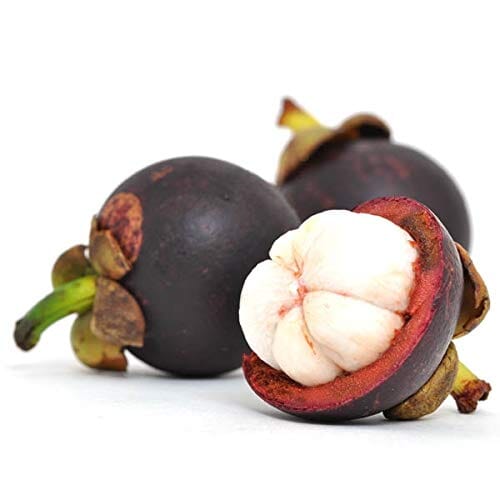
Mangosteen’s outer shell is thick, leathery, and deep purple. It must be carefully sliced open to avoid crushing the soft, segmented fruit inside. The shell’s toughness contrasts with the fruit’s fragile texture.
12. Wood Apple
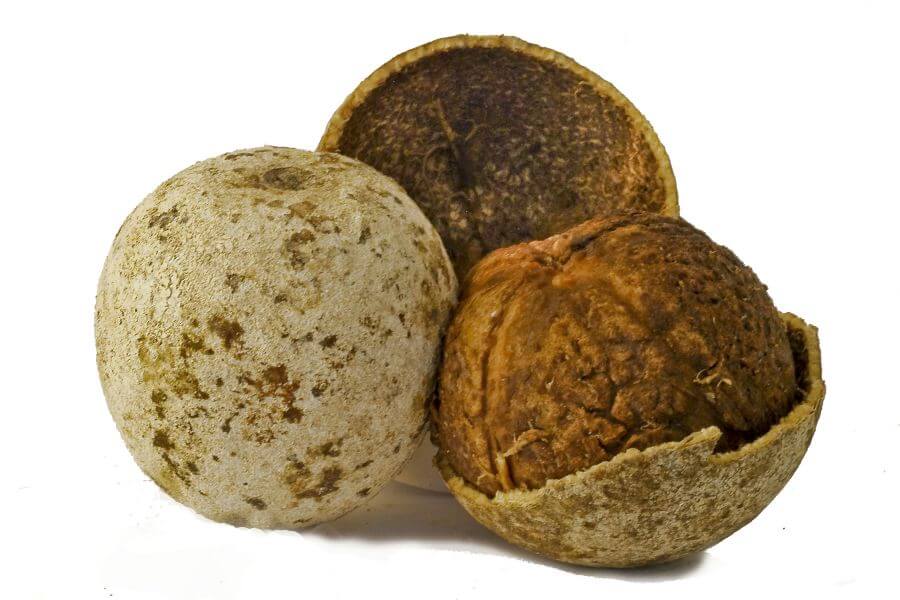
With a shell so hard it often needs to be smashed with a hammer, the wood apple is aptly named. Inside is a fragrant, tangy brown pulp that’s often eaten fresh or used in chutneys.
13. Salacca (Snake Fruit)

This exotic fruit’s skin is reddish-brown and covered in scale-like patterns, resembling snake skin. Though technically a skin, its toughness and sharp edges function like a protective shell.
14. Bael Fruit
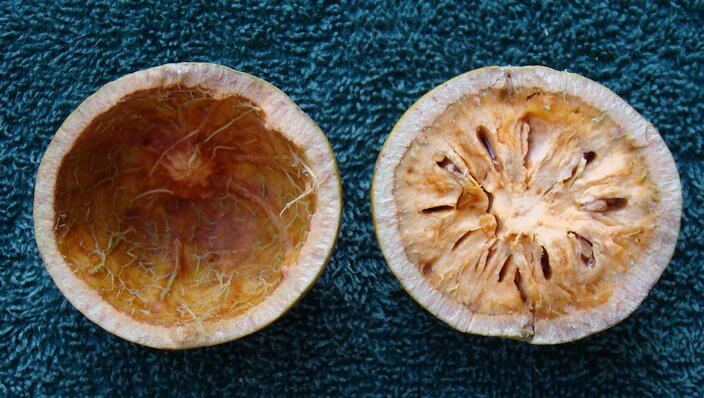
Also known as “stone apple,” bael has a hard, woody shell that cracks open to reveal orange, aromatic pulp. The shell’s resilience helps it last long even in harsh, dry environments.
15. Cacao Pod
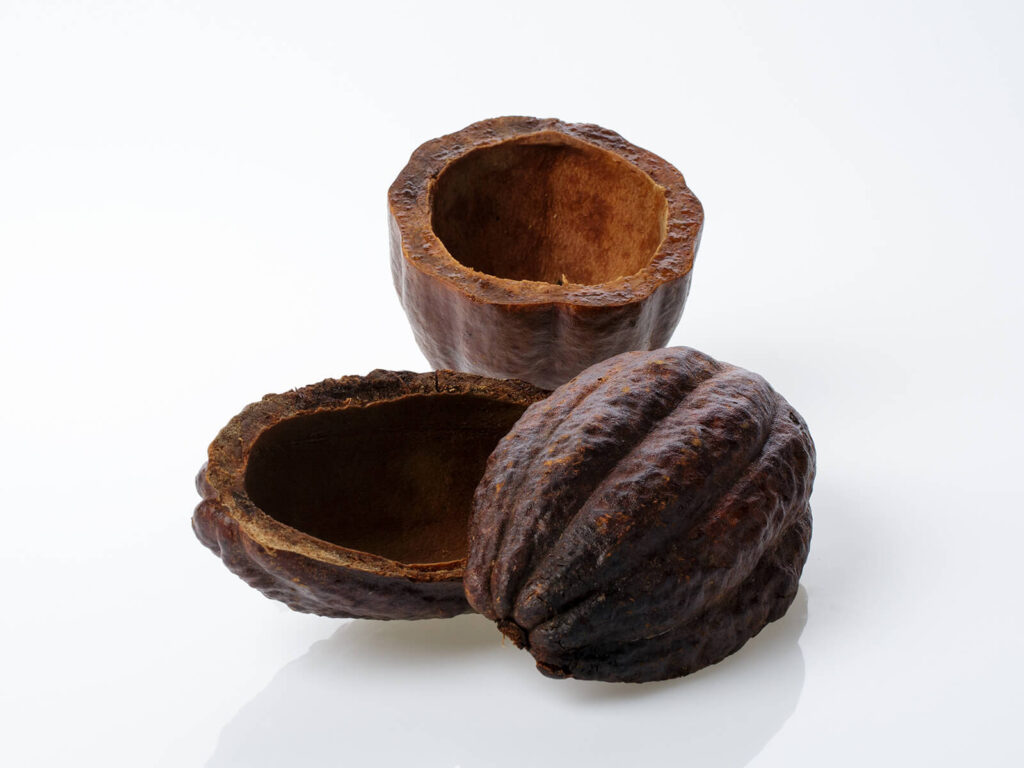
Chocolate’s origin lies inside this thick-shelled pod. The woody outer casing houses a sweet-tart white pulp that surrounds cacao seeds—the raw ingredient for chocolate.
16. Pili Nut
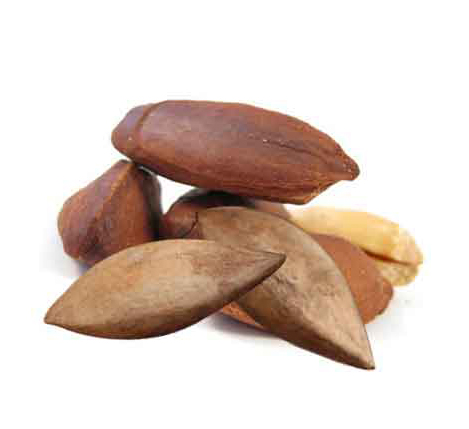
Native to Southeast Asia, the pili nut has a tough shell beneath its outer fruit layer. The nut itself is highly nutritious but notoriously difficult to extract cleanly.
17. Monkey Orange
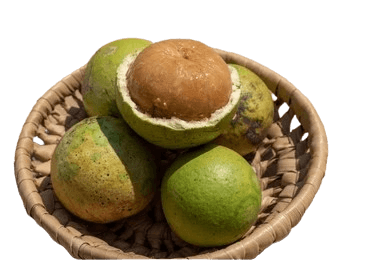
This African fruit has an extremely hard shell that makes it feel like a wooden ball. It’s so sturdy that locals sometimes use the shell as a storage container once the fruit is eaten.
18. Mamey Apple (Santo Domingo Apricot)
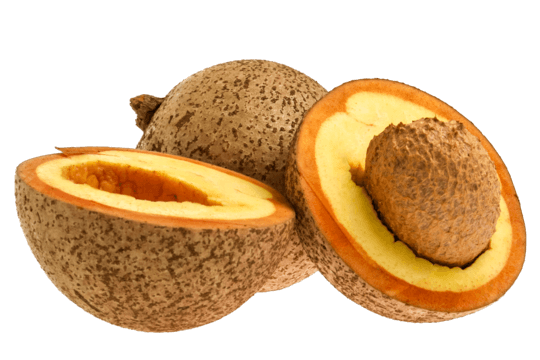
The mamey apple has a thick, leathery rind that’s closer to a soft shell. While not as tough as coconut or bael, its dense skin still demands effort and a sharp knife to breach.
19. Cupuacu
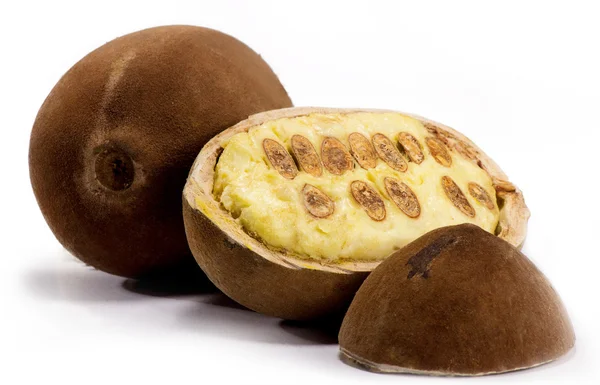
Closely related to cacao, cupuacu has a heavy, woody shell encasing a fragrant, custard-like pulp inside. The shell protects the creamy interior, which is popular in Amazonian drinks and sweets.
20. Cannonball Fruit
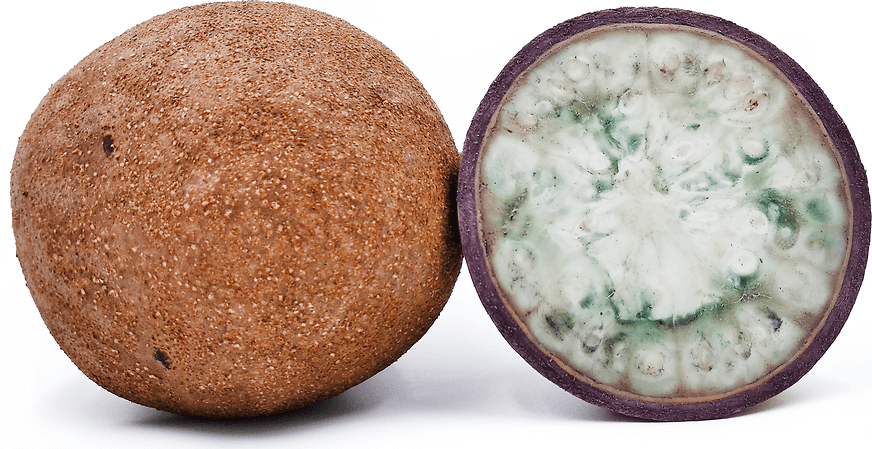
Named for its size and weight, this fruit from the cannonball tree has a nearly impenetrable woody shell. It often cracks open naturally when mature, revealing a pungent pulp used in traditional medicine.
21. Coco de Mer
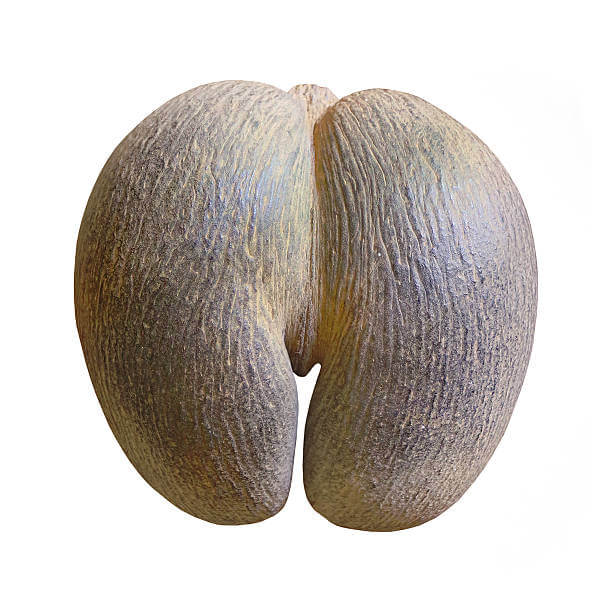
This Seychelles native is the world’s largest seed and has a famously curvy, hard shell. It takes years to mature and is highly protected due to its rarity and unique biology.
22. Paradise Nut (Lecythis / Monkey Pot)
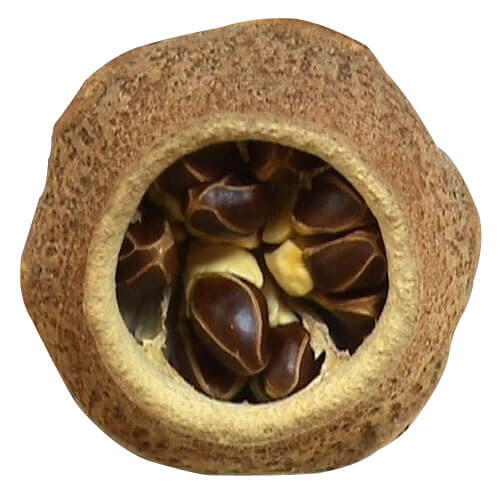
The fruit has a tough, lidded shell resembling a pot. Once mature, the cap pops off, and the nuts rattle out. The shell’s durability earned it a place in local legends and utilitarian use.
23. Velvet Tamarind
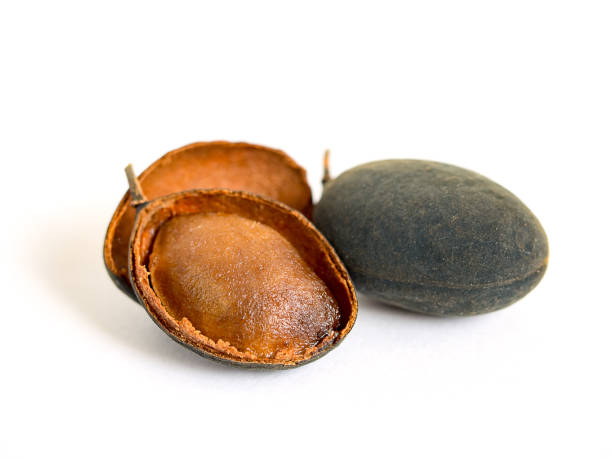
Though small, this African fruit is encased in a hard black shell that snaps when pinched. Inside is a dry, tangy pulp that clings to a single seed. The shell keeps it well-preserved even in dry climates.
